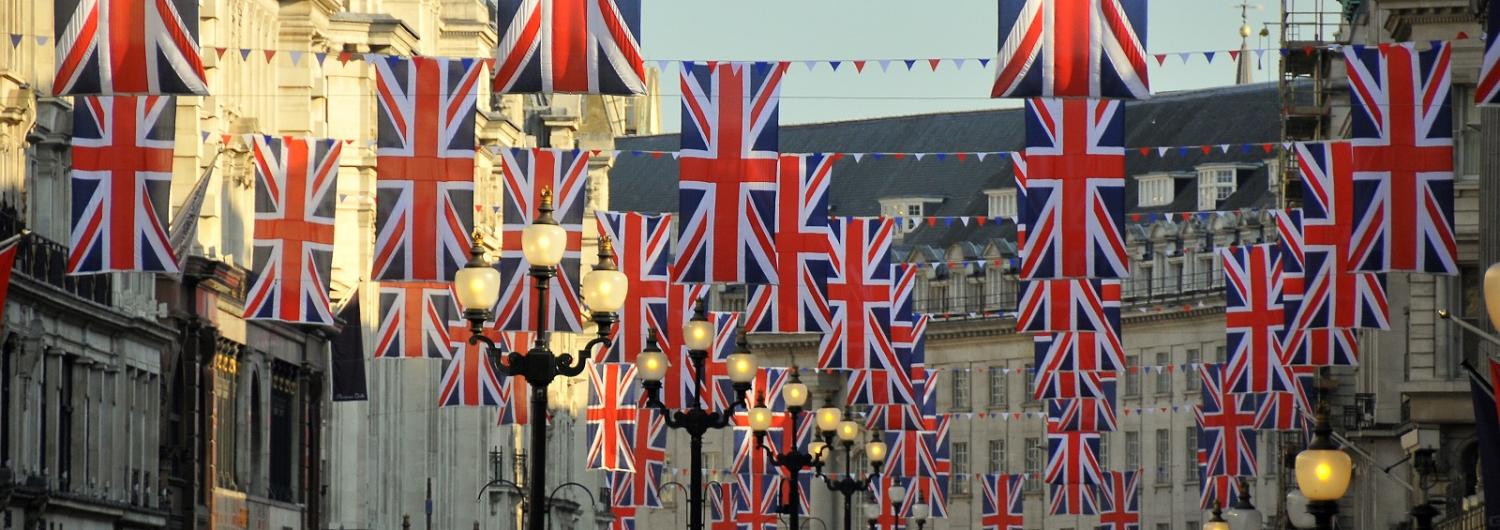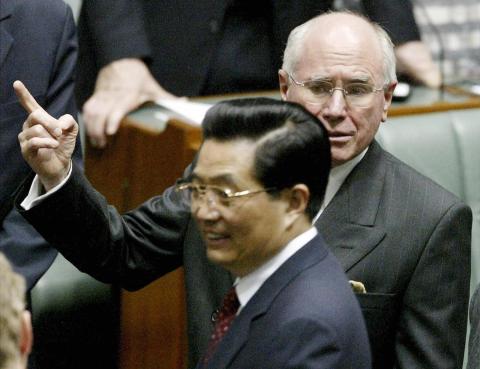While there are natural cultural and institutional ties between Australia and the United Kingdom, it would be folly to choose the UK over the European Union; Australia’s trade with both the Asia-Pacific and the European Union must take priority over any favours to colonial history.
As the United Kingdom searches for bilateral trade agreements, it is important to remember that when the UK joined the European common market, it exited the Commonwealth trading bloc to do so. Australia, and New Zealand were left alone in the world to forge our own paths forwards into Asia-Pacific markets. And it was the best thing we have ever done. So why is there ‘cultural cringe’ talk of Australia being first in line for a bilateral trade deal with the post-Brexit UK?
For the past 30 years Australia has diversified and now trades mostly in the Asia-Pacific region. China, Japan, Korea, the US, and Indonesia are much more important to Australia than the United Kingdom. The UK accounted for only around 3.1% of two-way trade in 2014, around the same as Malaysia and Thailand. The EU28 was more than four times this amount at 12.7%.
China, Japan, US and Korea all rank higher in Australia's terms of trade than the UK but looking at nation states is backward thinking. APEC accounts for 72.7% of Australia's trade, the EU at 12.7% is still important, but the UK's contribution of 3.1% starts to fade into insignificance. If the UK wants to become relevant to either the Asia-Pacific or Indian Ocean trade environments, surely it should line-up behind the important countries.
Nation states, despite their political tenacity, are an economic anachronism. The European Union is an example of the regionally integrated economies of scale possible when we leave nations, and nationalism behind. However, as the UK is in the process of withdrawing from a regional monetary and customs union to reestablish a national economy, let us look at what further disaggregation looks like.
Disaggregating economic polities to regional and municipal GDPs leaves some sovereign nations looking humble. The United Kingdom ranks as the fifth largest economy by 2015 IMF statistics. But if we start to disaggregate Chinese provinces, US states, EU countries and add in the ASEAN economy, the global weight of economic output geographically shifts away from the first-mover European industrial economies.
Without commenting of the effectiveness of GDP ranking as a metric of socio-economic worth, nation state GDP rankings inflate the United Kingdom's contribution to global economic output, because the largest economies are orders of magnitude larger than the UK's. If the UK is 14% of EU GDP, 15% of US GDP and 25% of China GDP then is it reasonable to think of it as the fifth, sixth or seventh largest economy?
So consider an England economy without Scotland, Wales or Northern Ireland (as both customs and monetary unions seem to anathema to the English voting populace). Taking IMF GDP figures for nation states and regional estimates of Gross State Product for the United States and Provincial GDP figures for China we can construct a GDP table which represented England’s weighted worth as a regional centre of economic output.
As the table shows, the United Kingdom may be the fifth-largest economic nation state, but it is far from the fifth-largest bordered economy. Taking the Boston to Washington economic corridor as a contiguous economy - Boswash - places it roughly level with the entirety of Japan. Disaggregating other US economic clusters into the Midwest, the southeastern Confederates, and the Deep South yields three more industrial clusters over US$1 trillion GDP, while California and Texas can both stand alone as top twenty world bordered economies.
Disaggregating the three industrial clusters of China (known colloquially Bei-Shang-Guang for the three mega cities they are clustered around, Beijing, Shanghai, and Guangzhou,) yields three more economic clusters larger than England: Jingjingji, the Yangtze River Delta and the Pearl River Delta.
The ASEAN Economic Community also represents a single market of more than 500 million people, and as it moves away from agricultural export dependence, a simple strengenthing of its constituent currencies will lift the market ever higher in straight nominal GDP analysis.
Most bordered economies and nation states align themselves with a larger regional trading bloc for their economic identity. In this table, only England, India and the Gulf States are not aligned in a regional trading bloc, and India is growing faster than the UK.
If nationalism is little more than ‘economic racism’ and the Commonwealth was no golden age for Australia, then there is no ‘going back to the Commonwealth’ for patron-client mercantile trade with Europe, which in the words of Paul Keating, ‘left us with a dependency on commodities which wouldn’t pay for our imports’.
Since the UK left the Commonwealth for the common market, Australia has forged a trading relationship in East Asia which is home to the economies of the ASEAN Economic Community, Jingjinji, Yangtze Delta, Pearl Delta, Japan, Korea and Taiwan which together would be a larger common market than Europe, and which accounts for around 75% of our trade.
Australia is a trading nation and we should welcome trade with all economies in Europe. But our economic future is in Asia. Our wider trade agendas should remain focused on progressive integrated economies in the European Union, NAFTA, Mercosur. And we should be pushing for inclusive regional integration in South Asia and East Africa in a future Indian Ocean response to APEC.
England is soon to be alone in the trading world with memories of a mercantile Empire, while progressive trading economies such as Australia will inherit a much larger share of the earth’s economic product. Any talk of a return to a Commonwealth trade pact should be sent back down the time tunnel where it belongs.
Photo: Flickr/raghavvidya

